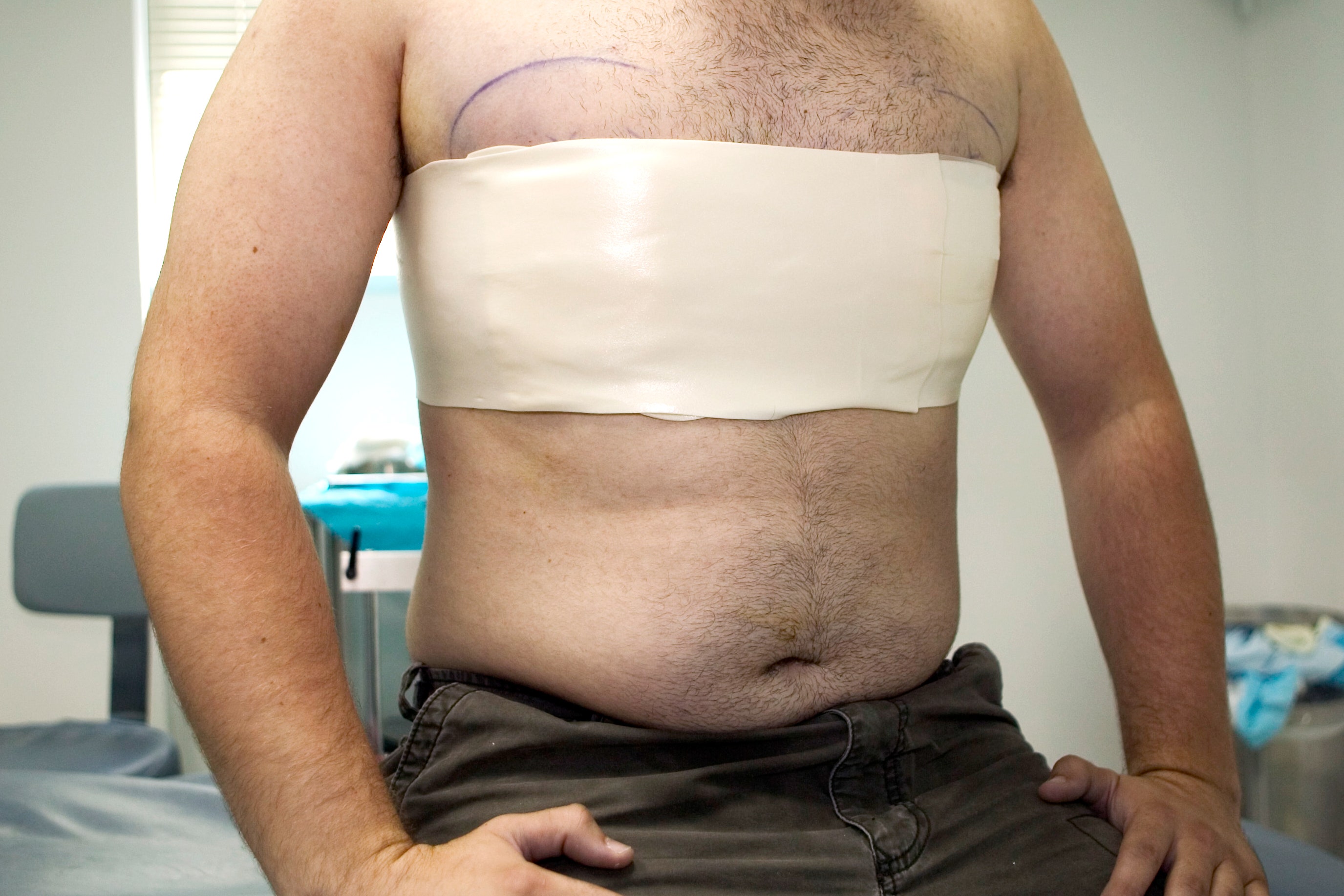
Inframammary surgery is used to increase the breast size. The incision can be hidden in the breastcrease. It is visible only if the breasts have been lifted or uncovered. It can easily be hidden under an average bikini top. It can be used with both pre-filled and large silicone breast implants.
Incision technique
Inframammary is one of most popular breast augmentation techniques. This involves creating a pocket on the breast to insert the breast implant. This method of breast augmentation can be done safely. It doesn't affect the nipple and areola. It can be performed on breasts with large implants. This technique is safe to use while breastfeeding.
The inframammary surgical incision technique has the advantage of reducing overall surgery time. The surgeon uses a stab-shaped 3 mm incision to insert an infiltration tube. To elevate the pocket and promote hemostasis, 150mL of tumescent solutions are injected through the incision.
Inclusion criteria
The inframammary folding is a landmark in breast surgery. It is the border between the breast and chest wall that defines the inferior margin of the breast. This fold is also important for subpectoral and lateral implants. It helps to avoid implant movement. A fold is essential for aesthetic and reconstructive surgery.

Participants must be 14 years or older and have excessive inframammary shivering. Patients under 18 must be accompanied by a legal representative who signs the FITC. Eligible patients are women who are not pregnant or nursing. The study is voluntary, and patients should know that there are no financial incentives for participation.
Risques
Inframammary procedures come with risks. The inframammary fold may be reduced to create a double bubble deformity between the breast tissue and the implant contour. This type deformity can lead you to many complications, including breast carcinoma.
Inframammary incisions don't work as well as those made at the circumareolar or periareolar crease. Inframammary incisions can cause sensory nerves at the lower pole of breasts to stretch or cut during inframammary procedures. Inframammary needles can result in higher rates of nipple cancer and are less visually appealing than periareolar.
Disadvantages
The inframammary incision is the most popular type of incision used in plastic surgery. This is largely due to its ease of use and visibility. It also allows direct access to submuscular, subpectoral, and subglandular planes. This type of incision can also be less invasive and poses fewer risks such as infection and the formation of hematomas. Inframammary incisions are ideal for creating placement symmetry without causing scarring.
This method of breast-enhancement has some downsides. This method isn't as precise as other types of surgery and the implants may be placed too high or unevenly on the chest. In addition, the scar that is left behind will not be as easy to hide as one may think.

Modified approach
The inframammary fold is an incision that extends from the chest wall to the underlying glandular tissue. The inframammary folding is closed with multiple layers of absorbable stitches that extend to the medial, and lateral edges. The skin disc then moves toward the center of your breasts, returning it to its original position in the nipple/areolar complex. To close the wound, smaller gauge sutures can be used.
The incision takes place along the inframammary lines, which are far away from the flap’s edge. In certain instances, special devices may be used to harvest flap fabric, such as an instrument with endoscopic capabilities or a retractors fitted with a lighting system.